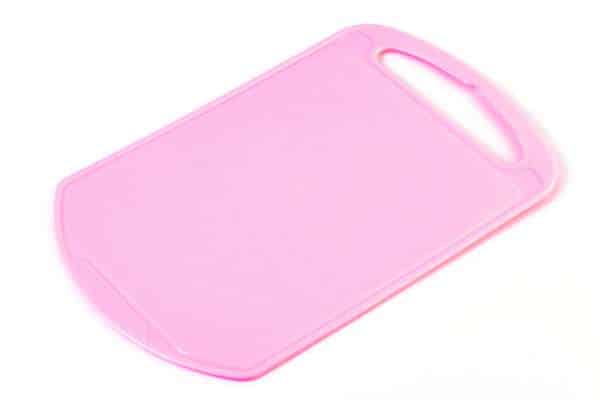Choosing a cutting board, many people wonder, “What is a plastic cutting board made of?” Plastic cutting boards have become popular for their durability, affordability, and easy cleaning, but not all plastic boards are created the same. Most are made from high-density polyethylene (HDPE) or polypropylene, materials valued for their strength and resistance to moisture. These plastics ensure a stable, hygienic surface for food preparation, but there are other considerations, such as safety, environmental impact, and longevity. This article dives into the composition of plastic cutting boards, explaining what makes them unique and safe for your kitchen, so you can confidently choose the right one for your needs.
Why Choose a Plastic Cutting Board?

When selecting a cutting board, plastic options offer significant benefits, making them a popular choice in kitchens. Plastic cutting boards are known for their affordability, durability, and easy maintenance. Unlike wooden boards, plastic ones are generally dishwasher-safe, allowing for thorough cleaning and improved hygiene. Their sturdy construction resists stains and odors, making them ideal for a variety of foods. Additionally, plastic boards are lightweight and often designed with textured surfaces to minimize slipping, enhancing safety during food preparation. When choosing the right board, consider factors such as thickness, texture, and material safety standards to ensure it fits your kitchen needs effectively.
Types of Plastic Used in Cutting Boards
When it comes to plastic cutting boards, two main types of plastic stand out: polyethylene (HDPE) and polypropylene (PP). These materials are favored for their durability, moisture resistance, and food-safe qualities, making them ideal for kitchen use. HDPE, known for its high density, provides a tough, long-lasting surface that withstands heavy chopping and resists bacteria buildup. On the other hand, polypropylene offers a slightly harder surface with added scratch resistance, keeping your cutting board smooth over time. Both materials are easy to clean and maintain, making them popular choices for home and professional kitchens alike, ensuring safe, reliable food preparation every time.
High-Density Polyethylene (HDPE): The Industry Standard
Plastic cutting boards come in two primary materials: polyethylene (HDPE) and polypropylene (PP). Known for durability and moisture resistance, both are ideal for kitchen tasks. HDPE, a high-density option, provides a tough surface that resists wear from chopping and helps prevent bacteria buildup. Polypropylene, with a slightly harder surface, offers enhanced scratch resistance, ensuring a smooth surface even after prolonged use. Both materials are designed for easy cleaning and long-term reliability, making them popular in both home and commercial kitchens. With these features, HDPE and PP cutting boards provide a
Polypropylene (PP): An Alternative Option
Polypropylene (PP) serves as a durable, affordable choice for plastic cutting boards, offering an excellent alternative to HDPE. Known for its resilience and cost-effectiveness, polypropylene provides a sturdy, lightweight surface that withstands regular kitchen use. While similar to HDPE, PP has a slight edge in hardness, making it more resistant to scratches and impact. This property helps extend the board’s lifespan and keeps it looking newer for longer. Additionally, polypropylene is less prone to warping and is often dishwasher-safe, enhancing convenience in busy kitchens. With these qualities, polypropylene cutting boards appeal to those seeking durability and ease of maintenance without breaking the bank.
How Plastic Cutting Boards are Manufactured
Plastic cutting boards are manufactured through a precise process that includes molding, shaping, and finishing. First, high-quality plastic, typically high-density polyethylene (HDPE) or polypropylene, is melted and poured into molds to form sturdy, uniform boards. Once molded, the boards undergo trimming and polishing to smooth any rough edges. To ensure food safety, many manufacturers use BPA-free plastics, eliminating harmful chemicals and making them safer for kitchen use. Additionally, some boards include antibacterial treatments for enhanced hygiene. This careful production process results in durable, easy-to-clean cutting surfaces that stand up to daily use, providing a reliable option for home and professional kitchens alike.
Additives in Plastic Cutting Boards
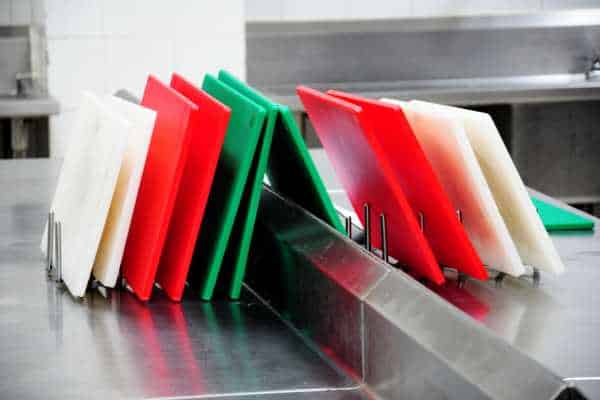
In plastic cutting boards, additives like antibacterial agents and colorants play key roles. Antibacterial additives help prevent bacterial growth, making the surface safer for food prep by reducing the risk of contamination. Colorants not only add visual appeal but also assist in color-coding boards for different foods, enhancing kitchen organization and hygiene. These additives can impact the board’s durability and usability, with high-quality materials maintaining a smooth, resilient surface over time. While antibacterial agents boost hygiene, colorants ensure easy identification and reduce cross-contamination risks. Understanding these additives allows consumers to choose cutting boards that best meet their needs for safety, functionality, and durability in the kitchen.
Are Plastic Cutting Boards Safe for Food Preparation?
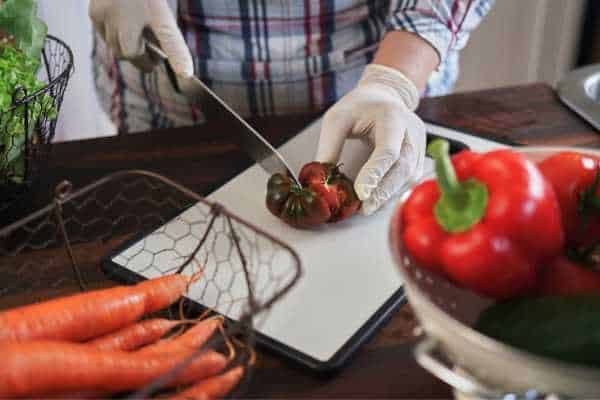
Plastic cutting boards can be a safe choice for food preparation if properly maintained. Most modern plastic boards are made BPA-free, reducing exposure to harmful chemicals like BPA and phthalates. However, it’s essential to follow hygiene practices to keep them safe. Regular cleaning with hot, soapy water and occasional sanitizing can help prevent bacterial buildup. Unlike wood, plastic boards won’t absorb liquids, making them ideal for raw meats, but they can develop grooves over time. Deep scratches may harbor bacteria, so replacing the board when heavily scored is wise. By following these safety tips, plastic cutting Slab can remain a safe and reliable kitchen tool.
Environmental Considerations: Are Plastic Cutting Boards Eco-Friendly?
Plastic cutting boards often raise environmental concerns due to their long lifespan and non-biodegradable nature. However, some options are more eco-friendly, such as boards made from recycled plastic. Choosing a recycled plastic board helps reduce waste and offers a sustainable alternative. Additionally, when it’s time to replace an old synthetic cutting board, consider local recycling programs or repurposing options to keep it out of landfills. Many Slab can be reprocessed into new synthetic products, minimizing environmental impact. For a greener kitchen, look for barbed Slab that are BPA-free and made with sustainable practices, combining durability with a smaller environmental footprint.
Pros and Cons of Plastic Cutting Boards
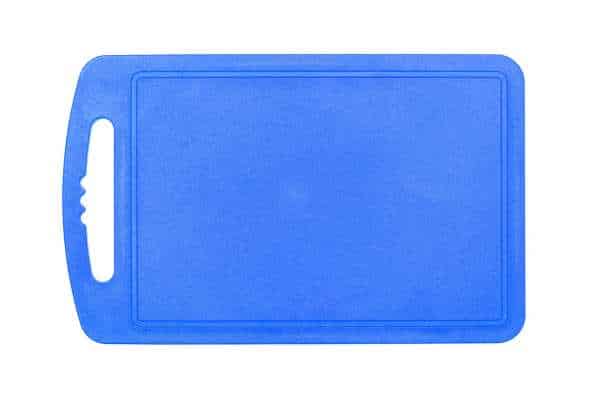
Plastic cutting boards come with clear pros and cons, making them a popular but sometimes debated choice in kitchens. They’re affordable, lightweight, and easy to sanitize, which appeals to home cooks and professionals alike. Synthetic Slab are also less porous than wood, reducing bacteria buildup and offering a safer option for raw meat. However, they can scar easily from knife cuts, creating grooves that may trap bacteria over time. Additionally, synthetic cutting Slab aren’t as eco-friendly as wood or bamboo options, potentially impacting the environment. By weighing these factors, you can decide if a synthetic cutting board meets your needs in practicality, hygiene, and sustainability.
Comparison with Other Types of Cutting Boards (Wood, Bamboo, Glass)
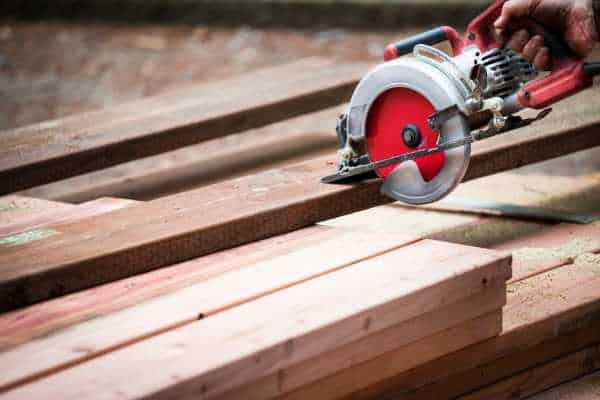
Plastic cutting boards offer distinct advantages compared to wood, bamboo, and glass options. In terms of durability, plastic stands up well to frequent use and is less prone to warping or cracking, unlike wood. For hygiene, plastic boards are easier to sanitize, making them a safer choice for handling raw meats without cross-contamination. Wood, while sturdy, can absorb moisture, which may lead to bacteria growth if not cleaned properly. Glass boards, though hygienic and stylish, tend to dull knives quickly. For fresh vegetables or daily prep, synthetic remains a low-maintenance, cost-effective solution that balances durability, hygiene, and ease of care across various kitchen tasks.
Conclusion
Understanding “What is a plastic cutting board made of” helps you make informed choices for a safe, durable, and efficient kitchen. Typically crafted from high-density polyethylene (HDPE) or polypropylene, synthetic barbed boards offer a strong, non-porous surface that resists moisture and is easy to clean, making them ideal for various foods, especially raw meat. Their durability and affordability make them a staple in both home and professional kitchens. While considering factors like care requirements and environmental impact, synthetic barbed boards prove practical for everyday use. Choose a high-quality synthetic barbed board for a reliable, long-lasting kitchen tool that meets your food preparation needs effectively.

